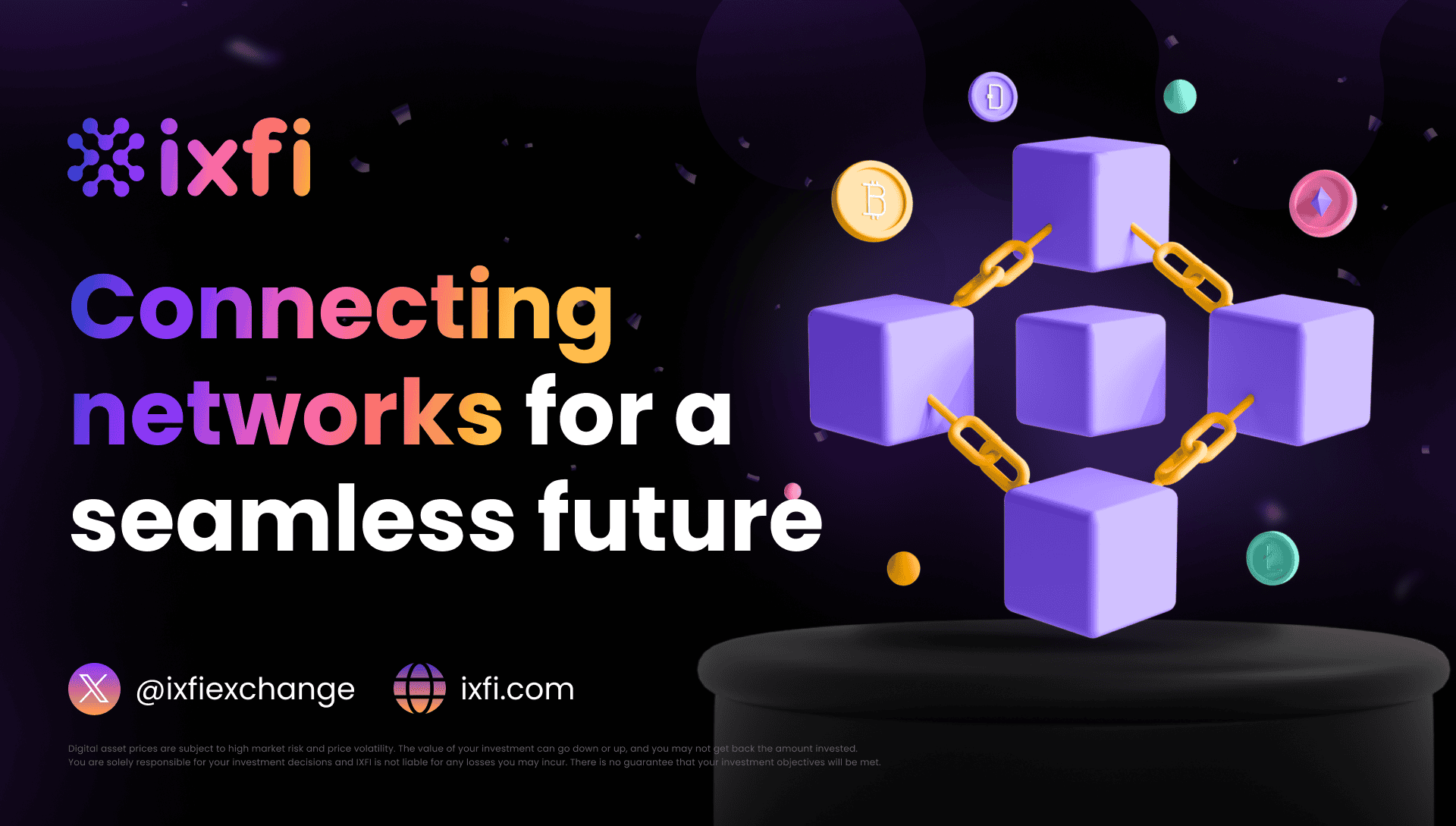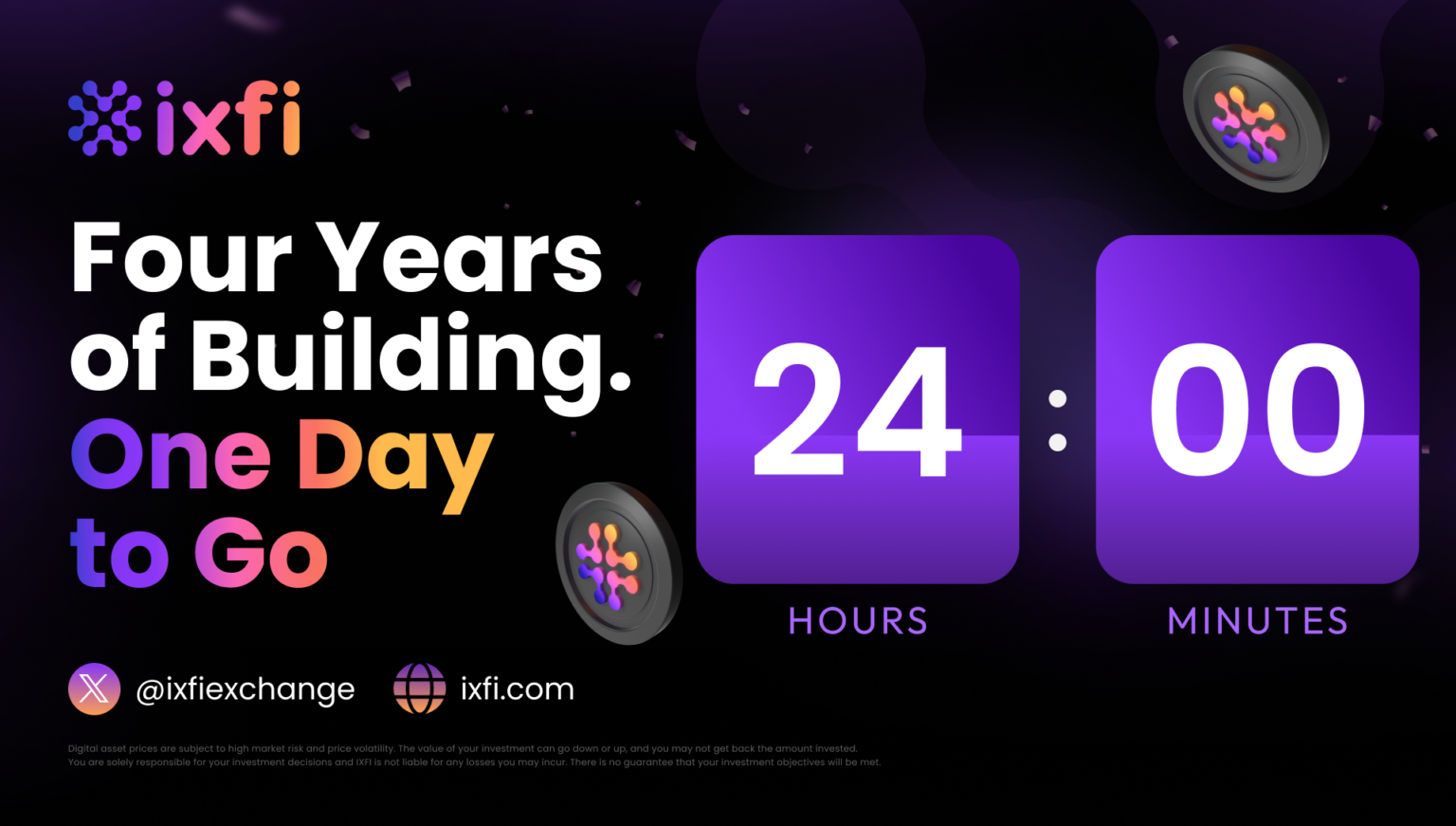Blockchain interoperability has emerged as a critical aspect of the evolving crypto landscape. It allows various blockchain networks to communicate, share data, and interact seamlessly. In simple terms, interoperability refers to the ability of different blockchains to work together, enabling users to transfer assets or information across multiple chains without relying on centralized intermediaries.
What is blockchain interoperability?
Interoperability enables blockchains to overcome their traditional isolation. Most blockchains, like Bitcoin and Ethereum, operate in silos, meaning they don’t natively communicate with other networks. This limitation creates inefficiencies and restricts the potential of decentralized finance (DeFi), NFTs, and other blockchain-based applications. However, blockchain interoperability can transfer assets across chains, making the technology more efficient and accessible. Projects like Polkadot and Cosmos are at the forefront of driving this technological advancement, allowing different chains to connect without compromising their individual security or governance structures.
Key benefits of blockchain interoperability
1. Cross-chain transactions:
With interoperability, assets like tokens or NFTs can be moved across blockchains without needing multiple wallets or platforms. For instance, Polkadot’s parachains allow assets to travel across different networks without losing security, offering a more seamless transaction experience.
2. Shared data and resources:
Interoperability enables blockchains to communicate, allowing for the sharing of data across different networks. This can be particularly useful in healthcare, supply chain management, and other industries where decentralized systems are increasingly adopted.
3. Enhanced scalability:
Many blockchain networks need help with scalability issues, particularly Ethereum, which can become congested. Interoperability mitigates these challenges by distributing workloads across multiple chains. Cosmos, for example, utilizes its Inter-Blockchain Communication (IBC) protocol to enable data and token transfers across its ecosystem, easing congestion and improving overall efficiency.
4. Increased flexibility for developers:
For developers, interoperability offers the chance to build more complex, robust applications. With access to features and smart contracts on various chains, developers are no longer limited to the features of a single blockchain. This opens the door for cross-chain applications that can leverage the strengths of multiple networks.
Projects leading blockchain interoperability
Polkadot:
One of the most well-known projects pushing for blockchain interoperability, Polkadot’s architecture allows for creating parachains, which can operate independently while connected to the central Polkadot Relay Chain. These parachains can transfer data, assets, or even intelligent contract information across multiple networks, ensuring greater collaboration between blockchains.
Cosmos:
Cosmos is another major player in the blockchain interoperability space. With its Inter-Blockchain Communication (IBC) protocol, Cosmos enables different blockchains to exchange data and assets. The network aims to become an “internet of blockchains,” fostering communication between various independent chains.
Avalanche:
Avalanche employs its tools to promote interoperability, including its subnets, which allow different blockchain networks to work together while maintaining the security and speed for which Avalanche is known.
The future of interoperability
The future of blockchain interoperability is bright, and its importance will only grow as more decentralized applications (dApps), DeFi platforms, and NFT ecosystems emerge. By allowing seamless communication and transaction processing across different networks, interoperability could bring the blockchain industry closer to mainstream adoption. As developers continue to innovate and introduce new solutions, we can expect greater efficiency, scalability, and security in the blockchain space.




